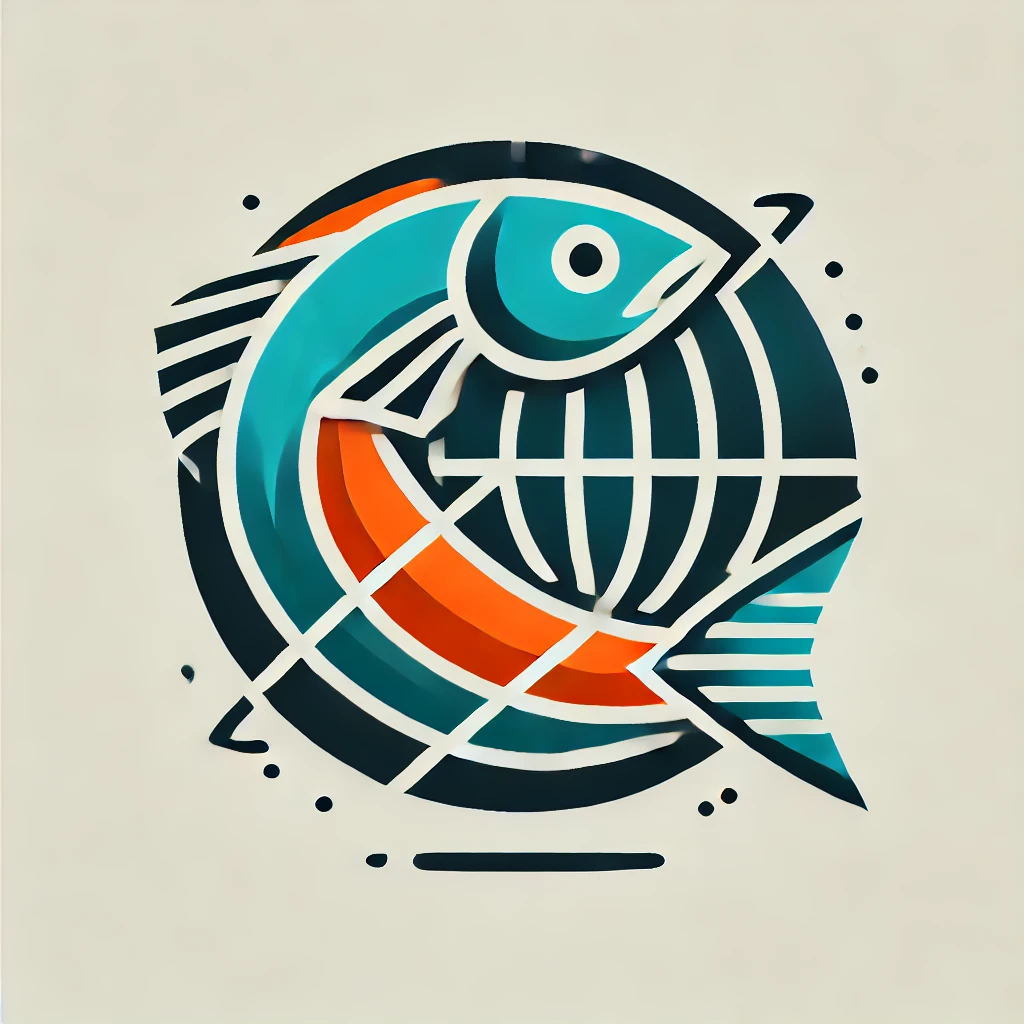Swordfish Fishing Opportunities in Spain
Spain is one of the premier destinations in Europe for anglers seeking the thrill of catching swordfish. These large, powerful predators, scientifically known as *Xiphias gladius*, are found in both the Atlantic Ocean and the Mediterranean Sea, both of which border Spain. Swordfish are highly prized for their size, strength, and challenging behavior when hooked. Their migratory nature and the deep, warm waters off the Spanish coast create ideal conditions for sport fishing enthusiasts.
The southern and eastern coasts of Spain, especially around the Balearic Islands and the Strait of Gibraltar, offer some of the best chances for encountering swordfish. The Mediterranean Sea in particular is a well-known habitat for these fish, especially during the warmer months when they come closer to the surface to feed. Local fishing charters in places like Mallorca, Valencia, and Almería cater to experienced anglers and beginners alike. These charters often provide all the necessary equipment, guidance, and permits needed for a successful swordfish expedition.
Understanding Swordfish Behavior
Swordfish are solitary hunters that prefer deep waters, often diving to depths of up to 500 meters. They are known for their long, flat bills that resemble swords, which they use to slash through schools of fish and squid. These adaptations make them formidable predators and challenging catches. Unlike many other species, swordfish are often caught during the night when they rise closer to the surface to feed. This behavior aligns with the practice of nighttime deep-sea fishing, a popular method used by local Spanish fishermen.
Another important factor in swordfish fishing is water temperature. These fish prefer waters between 18 and 22 degrees Celsius, which is commonly found along the Spanish Mediterranean coast from late spring through early autumn. During this season, anglers have higher chances of success due to increased swordfish activity. Fishing regulations in Spain are also carefully monitored to protect the species during breeding seasons and to prevent overfishing, so it is crucial for visiting anglers to follow local guidelines.
Top Regions in Spain for Swordfish Fishing
The Strait of Gibraltar
The Strait of Gibraltar is a renowned fishing hotspot due to its mix of Atlantic and Mediterranean waters, which support a diverse marine ecosystem. This narrow channel between Spain and Morocco sees significant swordfish migration, especially from May to September. Anglers can access these waters from ports like Algeciras or Tarifa, both of which host experienced captains familiar with swordfish behavior in the area. The strait's dynamic currents and deep trenches make it a productive, if challenging, fishing ground.
The Balearic Islands
The Balearic Islands, including Mallorca and Ibiza, are favored destinations not only for beachgoers but also for big-game fishermen. Swordfish in these areas are typically targeted during evening and nighttime trips, using longlines or trolling techniques. The islands offer a range of fishing charters equipped for deep-sea excursions. These charters often specialize in large pelagic species, and local operators have in-depth knowledge of the best spots for swordfish based on seasonal patterns and oceanographic data.
Eastern Mediterranean Coast
The coastline stretching from Valencia to Murcia and beyond is another stronghold for swordfish fishing. Ports such as Alicante and Cartagena serve as launch points for deep-sea fishing trips that venture far from the shoreline. This region benefits from consistent sea temperatures and deep drop-offs that attract swordfish. Additionally, fishing tournaments in these areas often include swordfish categories, drawing competitive anglers from across Europe to test their skills against one of the sea's most elusive targets.
Fishing Techniques and Equipment
Swordfish are typically targeted using techniques like deep drifting with squid or mackerel bait, or by trolling with artificial lures. Night fishing with glow sticks and light rigs is common, as swordfish are more active in the dark. Specialized fishing gear, such as heavy-duty rods, electric reels, and strong leader lines, is essential due to the swordfish's size and strength. It is not uncommon for fights with hooked swordfish to last over an hour, making proper equipment and stamina vital components of a successful outing.
Local guides and charters often provide all necessary gear, ensuring visitors can focus on the experience rather than logistics. However, experienced anglers sometimes bring their own custom setups tailored for swordfish. Spain's fishing infrastructure, especially in popular coastal areas, includes modern marinas, fish markets, and support services for traveling fishermen. This makes planning a swordfish fishing trip in Spain both accessible and rewarding.
Regulations and Sustainability
Swordfish populations are subject to international and national conservation efforts due to past overfishing concerns. In Spain, fishing regulations are enforced by the Ministry of Agriculture, Fisheries and Food, which sets quotas, size limits, and seasonal restrictions. These rules apply to both commercial and recreational fishing, with permits required for targeting species like swordfish. It is vital for visiting anglers to familiarize themselves with these rules, which can be obtained through local charter operators or government websites.
Sustainable fishing practices are promoted throughout Spain to preserve marine biodiversity and ensure long-term viability of the fishery. Many charters emphasize catch-and-release methods or operate within regulated limits to help conserve the swordfish population. Participating in ethical fishing not only contributes to marine health but also aligns with Spain's commitment to responsible tourism and environmental stewardship. Visitors can enjoy the thrill of the sport while supporting efforts to protect this iconic species for future generations.

